Violent Netflix Horror Movie Is Almost Too Much To Handle
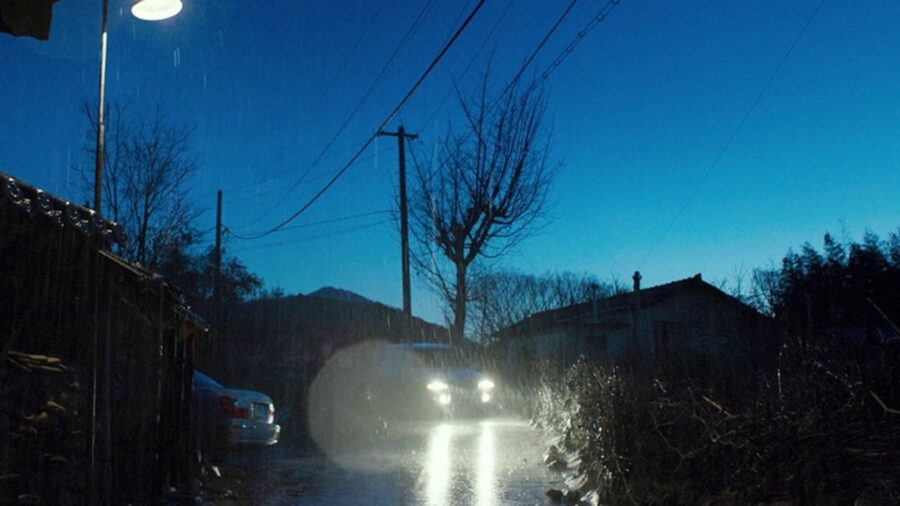
If you dare, take a trip to Gokseong, an isolated mountain village in South Korea at the heart of the excellent (and excellently terrifying) South Korean horror movie, The Wailing. The film, now available on Netflix, relates a chilling tale that left global audiences equally horrified and spellbound. The talented Na Hong-jin directed this 2016 fright-fest, starring Kwak Do-won, Hwang Jung-min, and Chun Woo-hee, all providing excellent performances.
How The Wailing Begins
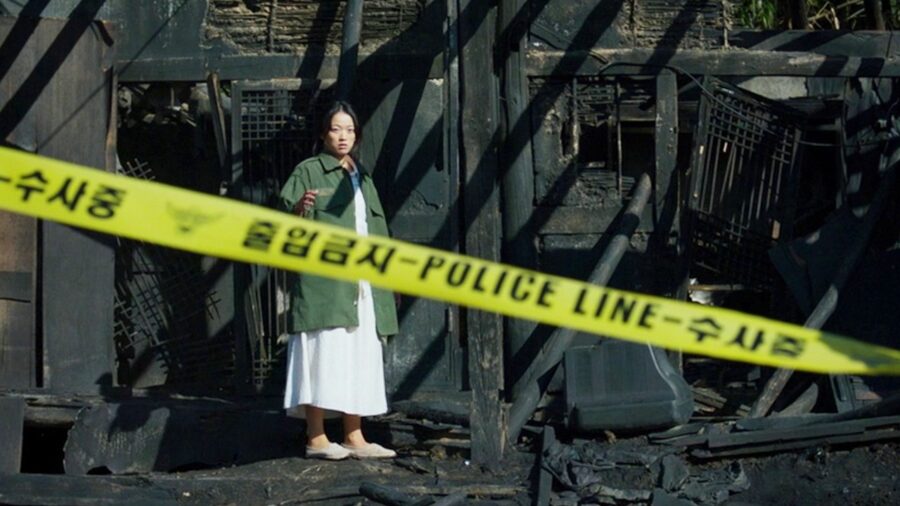
Early in the movie, the mountain tranquility of Gokseong is shattered upon the arrival of a mysterious Japanese stranger, joined by a foreboding Cane Corso dog–in their wake, occur a series of unsettling events. Eventually villagers begin falling prey to a bizarre sickness, one driving them to commit atrocious acts of violence against their own families.
An impactful scene summarizing the disturbing aesthetic of The Wailing concerns a gruesome discovery at the police station one fateful night–a naked woman, infected by the disease and soon to be responsible for the murder of her family, appears inexplicably outside the precinct.
The Hero
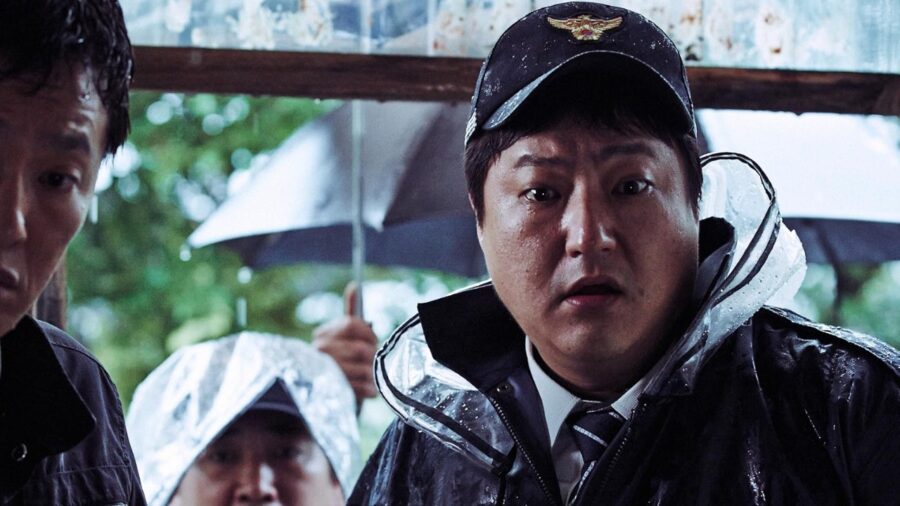
Jong-goo, a local policeman, forms the heart of the story; he finds himself embroiled in a bone-chilling investigation to solve the mystery behind the sinister occurrences plaguing his village. The policeman’s journey is perilous, characterized by creepy dreams, demonic confrontations, and interactions with a strange young woman who claims the Japanese man is an evil spirit who has caused the town’s problems.
Horror upon horror intricately piles on as Jong-goo delves deeper into the abyss of The Wailing. Eventually, even his young daughter, Hyo-jin, exhibits symptoms of the mysterious infection as her behavior grows increasingly erratic and violent. The film reaches its widely recognized crux when Jong-goo turns to a local shaman out of desperation, though this move complicates matters further.
It Could Be Too Much For You
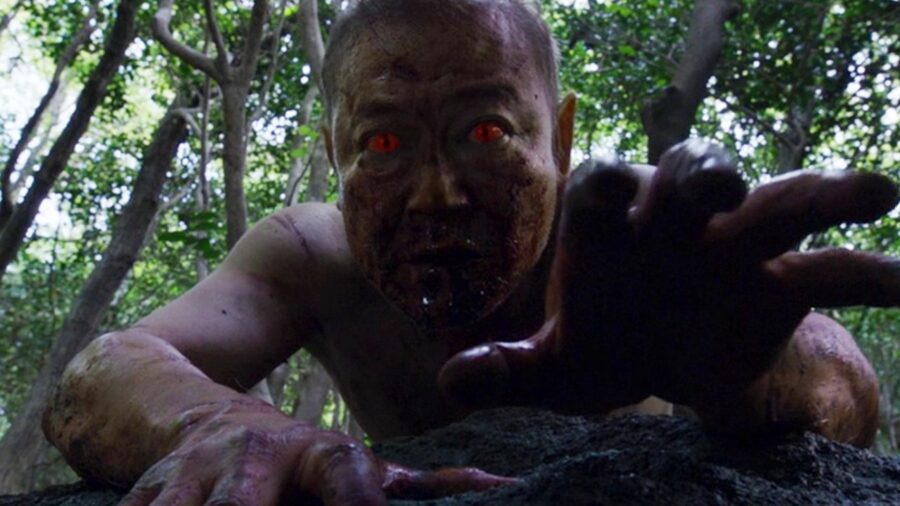
Ultimately, the film masterfully heightens tension, blending the realistic with the supernatural, Korean folk culture with convincing body horror, and eventuating a horrifying test of faith and love in the wake of unimaginable evil. It makes for an intense viewing experience that those uninitiated into the robust excellence of East-Asian horror might find hard to handle.
A Critical Triumph
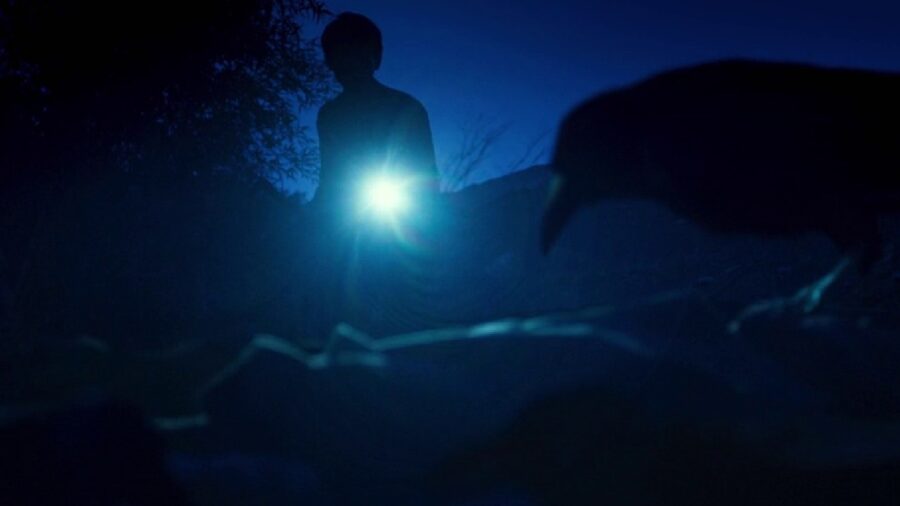
Critics applauded The Wailing, which holds a staggering 99 percent score on Rotten Tomatoes, and admired its impressive narrative complexity. Phil Hoad of The Guardian particularly commended the movie for densely interweaving mystery and horror. A fellow British critic, Nigel Andrews of the Financial Times, extolled the film’s ambitious plot and dense narrative.
Critics were also enthralled with the film’s masterful and abundant use of atmospheric tension. This is understandable—the movie oozes aesthetic prowess from the first frames, casting compelling atmospherics via shots of a relentless downpour in an isolated mountain village. Experts contrasted The Wailing’s atmospheric confidence with Hollywood’s inferior track record, which appears uninspired and even sophomoric by comparison.
Experts especially noted and celebrated the film’s exploration of cultural themes, particularly their significance within the broader landscape of Korean cinema. The movie commendably uses elements of the region’s shamanism and Christian symbolism to significant effect, engendering a tale as culturally ripe as it is terrifying. Due to this mixture of traditional and modern horror elements, the streaming title won audiences in South Korea and globally.
A Commercial Success As Well
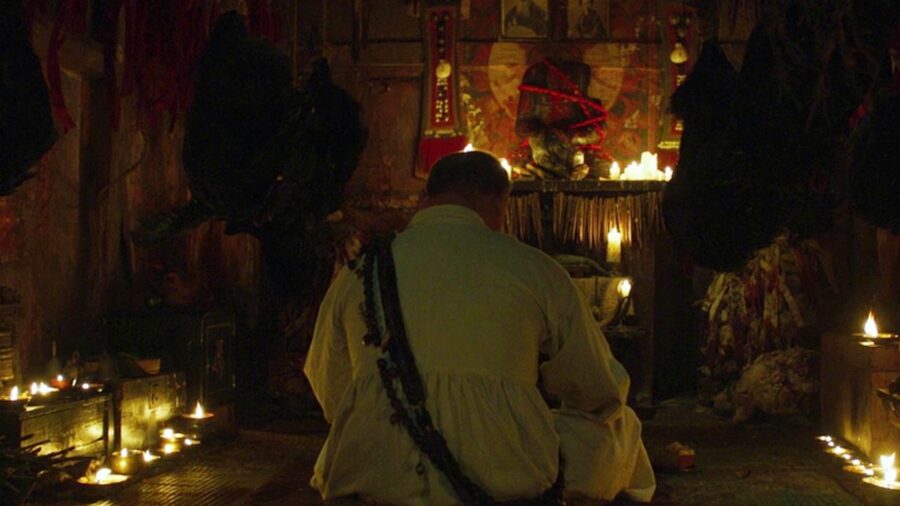
Commercially, The Wailing was as successful as it was critically. Shot on an eight million dollar budget, the movie earned $53 million globally, a terrific return. It was selected for 2016’s Cannes Film Festival, as well.
Comparisons To An American Horror Film
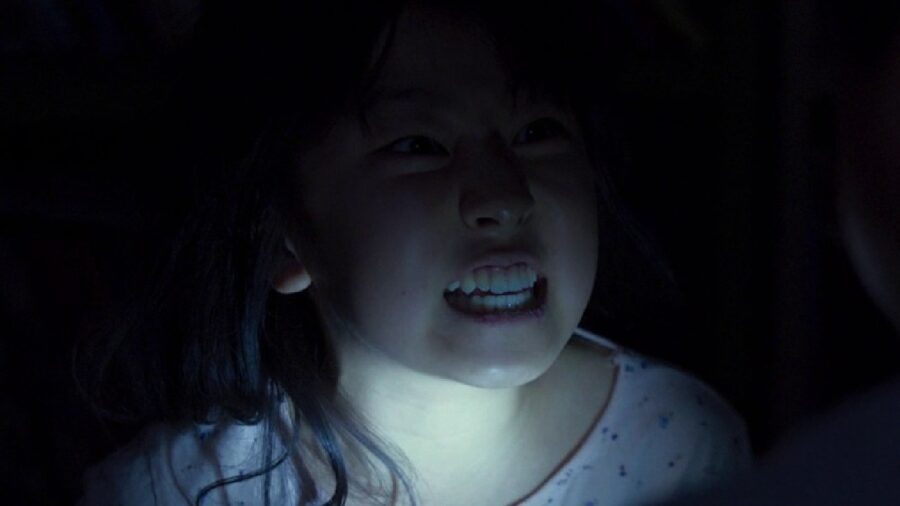
These days, especially on streaming, the title enjoys well-deserved attention. For many, the movie reminds them of a more recent horror banger, Hereditary, which, like The Wailing, effectively involves the occult and revels in impactful, unnerving ambiguity.
Indicative Of Why Korean Media Is Becoming More Popular Globally
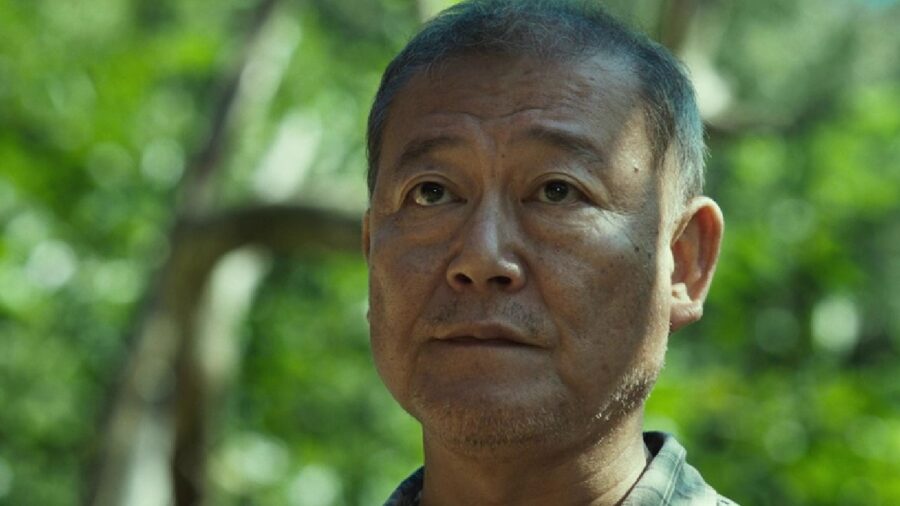
The recent prominence of the 2019 South Korean film Parasite, directed by Bong Joon-ho, and the runaway success of Netflix’s Squid Game—on top of the continual appeal of The Wailing—exemplify how significant the country’s media exports are.
The latter film stands out in the broader Korean horror genre, a genre boasting international acclaim for its winsome blend of psychological terror, folklore, and social issue commentary. While Western films often rely heavily on jump scares and gore, Korean horror usually emphasizes atmospheric tension, psychological depth, and existential dread. The Host and A Tale of Two Sisters are exemplary films in the regional genre.
For a particularly riveting sample of South Korean horror, stream The Wailing today.












